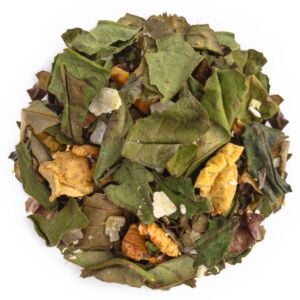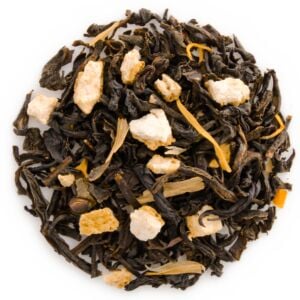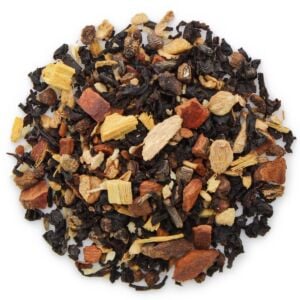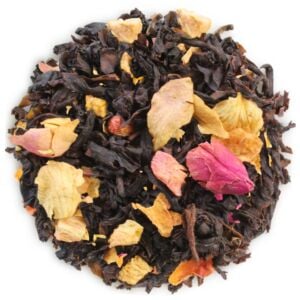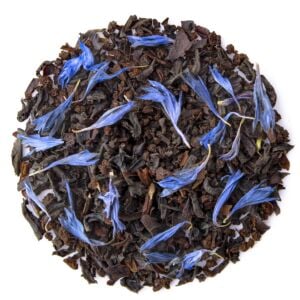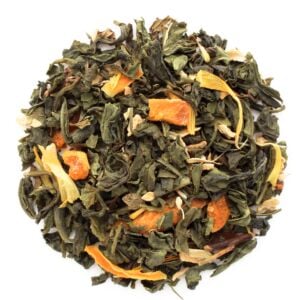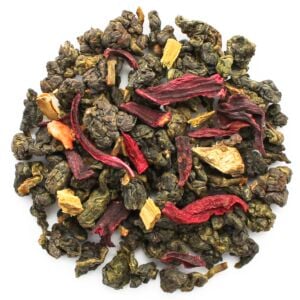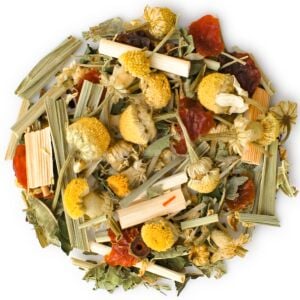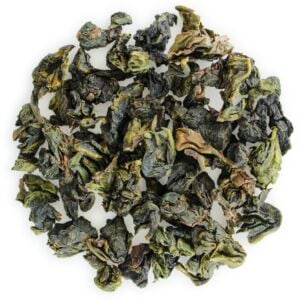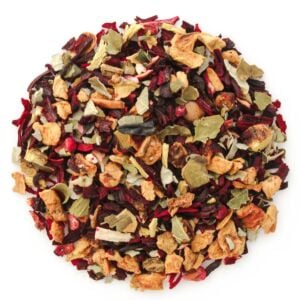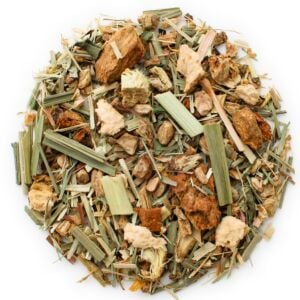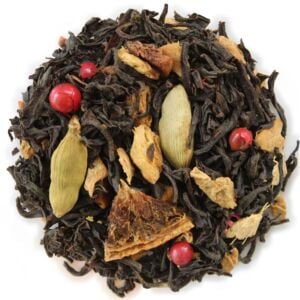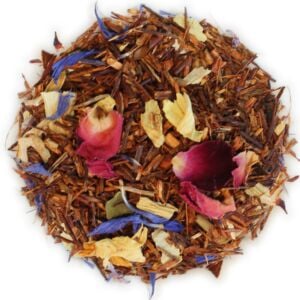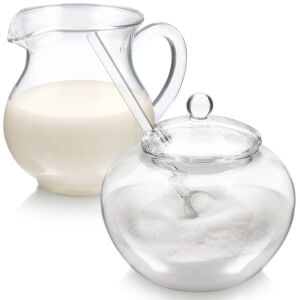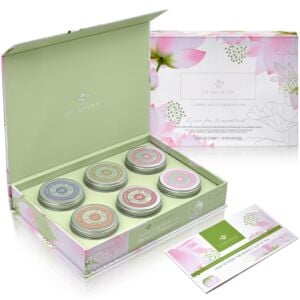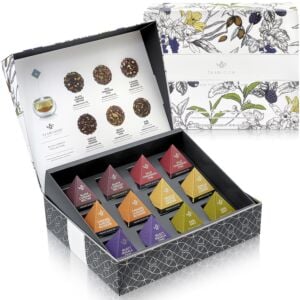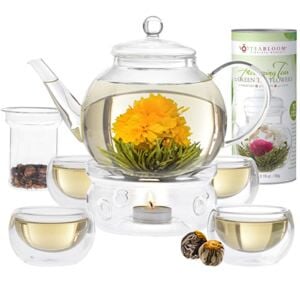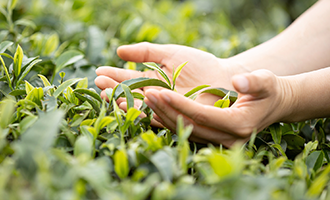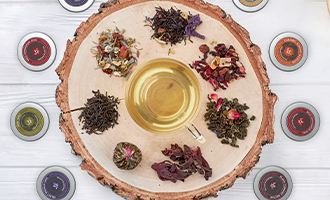World Tea Consumption in 2018
TEATIME NOTES
Find tips, recipes, and articles to increase your delight and enjoyment of tea.
World Tea Consumption in 2018
 World tea consumption and production are going to keep on rising in the next few decades. The reason behind that is a robust demand in developing and emerging countries. Naturally, this will create new rural income opportunities and improve food security in tea-producing countries. Tea consumption has grown especially rapidly in China, India and some other developing countries. Again, this happens as a combination of higher incomes and efforts to diversify production to include specialty items such as herbal teas, fruit fusions and flavored gourmet teas. Here is more about world tea consumption.
World tea consumption and production are going to keep on rising in the next few decades. The reason behind that is a robust demand in developing and emerging countries. Naturally, this will create new rural income opportunities and improve food security in tea-producing countries. Tea consumption has grown especially rapidly in China, India and some other developing countries. Again, this happens as a combination of higher incomes and efforts to diversify production to include specialty items such as herbal teas, fruit fusions and flavored gourmet teas. Here is more about world tea consumption.
World Tea Consumption
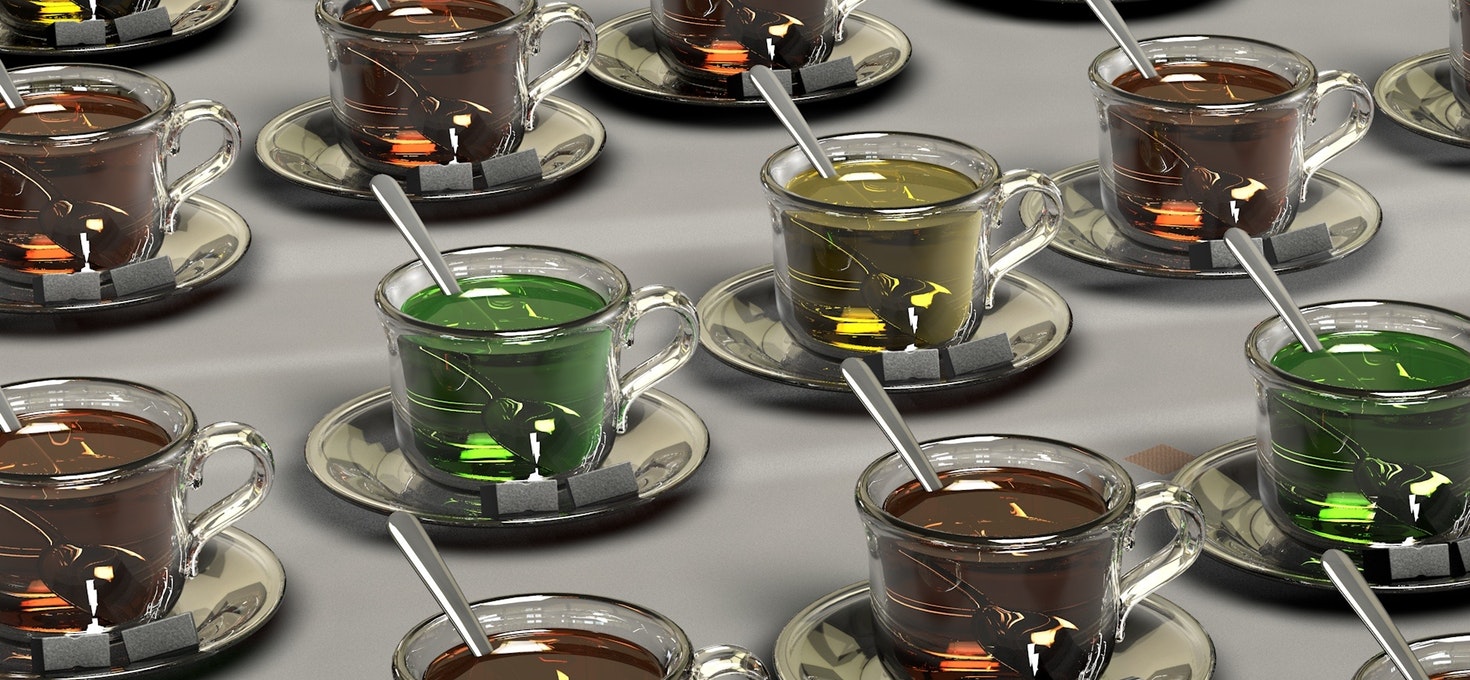 Have you ever heard the expression “for all the tea in China”? If you have, it's good to know that it is true. To be even more specific, China produces about 40% of the world’s tea. On top of that, China and India are the world’s largest consumers of tea, and these countries’ consumption is constantly on the rise. This increase results in less and less tea being available for export to countries such as the U.S.
Over the years, global production has always outpaced global consumption. But, this is slowly changing. Tea is becoming widely consumed and not just in production countries like China but in the US as well. Speaking of consumption, did you know that tea is the most widely consumed beverage in the world, just behind water? Increasing consumption requires additional imports into the U.S. in order to support the demand.
Have you ever heard the expression “for all the tea in China”? If you have, it's good to know that it is true. To be even more specific, China produces about 40% of the world’s tea. On top of that, China and India are the world’s largest consumers of tea, and these countries’ consumption is constantly on the rise. This increase results in less and less tea being available for export to countries such as the U.S.
Over the years, global production has always outpaced global consumption. But, this is slowly changing. Tea is becoming widely consumed and not just in production countries like China but in the US as well. Speaking of consumption, did you know that tea is the most widely consumed beverage in the world, just behind water? Increasing consumption requires additional imports into the U.S. in order to support the demand.
World Tea Consumption - Fun Facts
 More than half of world tea consumption comes from Asia.
The world consumed 2.9 million tons of tea in 2016, which up from 1.6 in 2002. Global consumption of tea is forecast to reach 3.3 million tons in 2021
In 2016-2021 global consumption of tea will grow at 15% whereas coffee consumption will grow at 11.3%.
In 2021, global consumption of coffee (6.2 million tons) will almost be double that of tea (3.3 million tons).
Consumption of tea in the UK declined from 110.6 thousand tons in 2002 to 89.8 thousand tons in 2016.
The top three markets for tea consumption are China, India and Pakistan.
In 2016, the UK represented the seventh largest tea market in terms of consumption. It was the fifth in 2002.
In 2021, coffee consumption in the UK will reach 91.1 thousand tonnes, overtaking tea (90.6 thousand).
Per capita consumption of tea in the UK declined from 1.9 kg in 2002 to 1.4 kg in 2016.
More than half of world tea consumption comes from Asia.
The world consumed 2.9 million tons of tea in 2016, which up from 1.6 in 2002. Global consumption of tea is forecast to reach 3.3 million tons in 2021
In 2016-2021 global consumption of tea will grow at 15% whereas coffee consumption will grow at 11.3%.
In 2021, global consumption of coffee (6.2 million tons) will almost be double that of tea (3.3 million tons).
Consumption of tea in the UK declined from 110.6 thousand tons in 2002 to 89.8 thousand tons in 2016.
The top three markets for tea consumption are China, India and Pakistan.
In 2016, the UK represented the seventh largest tea market in terms of consumption. It was the fifth in 2002.
In 2021, coffee consumption in the UK will reach 91.1 thousand tonnes, overtaking tea (90.6 thousand).
Per capita consumption of tea in the UK declined from 1.9 kg in 2002 to 1.4 kg in 2016.
Trendy product for young people
 Global demand for tea is significantly benefiting from a new clientele. Young urban consumers in large producing countries like China and India have emerged as the fastest growing segment. They are eager not only to pay a premium for specialty teas but also very curious to know more about the product they consume - its quality, origin and contribution to sustainable development.
Young, upper-middle class consumers are always looking for fashionable products that they can integrate into their lifestyles. This now includes gourmet quality tea, and consuming them in the sophisticated environments of specialty teashops and exclusive restaurants, hotels and cafés.
Global tea consumption is predicted to keep rising over the next decade, thanks to ‘robust demand’ in China, India and other emerging economies. And it says tea’s health benefits will be a ‘key driver’ of future growth around the world. For more interesting tea stories, make sure to visit Teabloom.
Global demand for tea is significantly benefiting from a new clientele. Young urban consumers in large producing countries like China and India have emerged as the fastest growing segment. They are eager not only to pay a premium for specialty teas but also very curious to know more about the product they consume - its quality, origin and contribution to sustainable development.
Young, upper-middle class consumers are always looking for fashionable products that they can integrate into their lifestyles. This now includes gourmet quality tea, and consuming them in the sophisticated environments of specialty teashops and exclusive restaurants, hotels and cafés.
Global tea consumption is predicted to keep rising over the next decade, thanks to ‘robust demand’ in China, India and other emerging economies. And it says tea’s health benefits will be a ‘key driver’ of future growth around the world. For more interesting tea stories, make sure to visit Teabloom.

